Reflections have a unique and captivating beauty that has fascinated humans for centuries. Whether seen in the still waters of a lake, the polished surface of a mirror, or the glossy facade of a building, reflections offer a perspective that can be both mesmerizing and thought-provoking. This essay explores the aesthetic appeal of reflections, the science behind their formation, and their significance in art and nature.
Aesthetic Appeal of Reflections
1. Symmetry and Balance
*Perfect Symmetry: Reflections often create a mirror image of the scene, producing perfect symmetry that is pleasing to the eye. This symmetry can transform ordinary landscapes into stunning visual compositions.
*Balance: The balanced repetition in reflections adds a sense of harmony and order, making the scene appear more structured and aesthetically appealing.
2. Enhancing Natural Beauty
*Amplifying Landscapes: Natural landscapes reflected in water, such as mountains, trees, and skies, are often amplified in their beauty. The doubling effect creates a fuller, more immersive visual experience.
*Color and Light: Reflections can enhance the colors and light in a scene, making them appear more vibrant and dynamic. The play of light on reflective surfaces can create dazzling visual effects.
3. Depth and Dimension
*Illusion of Depth: Reflections add depth and dimension to a scene. They can make a flat surface appear three-dimensional, creating an illusion of extended space.
*Perspective: The use of reflections can alter our perception of space and perspective, providing a different viewpoint and enriching the visual experience.
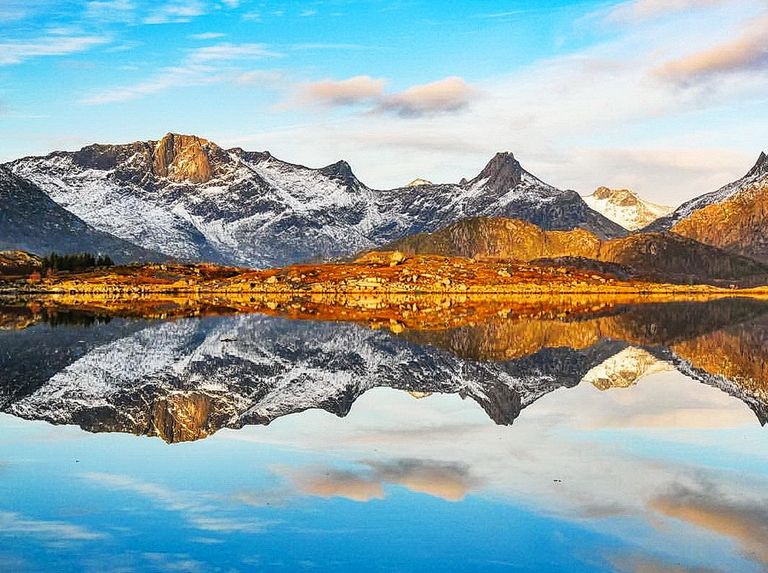
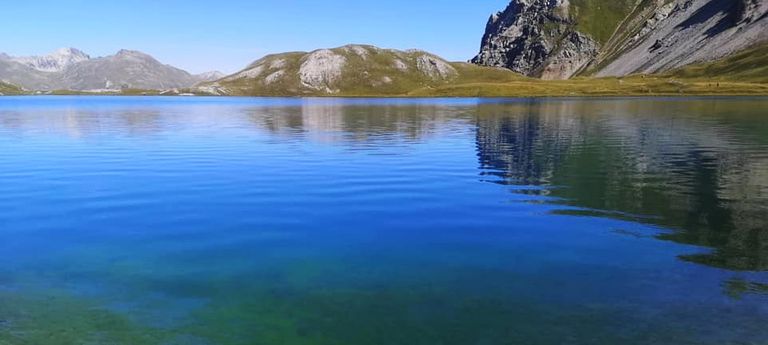


The Science Behind Reflections
1. Law of Reflection
*Basic Principle: The law of reflection states that the angle of incidence (the angle at which light hits a reflective surface) is equal to the angle of reflection (the angle at which light reflects off the surface). This fundamental principle explains why reflections create mirror images.
*Smooth Surfaces: For clear reflections to occur, the surface must be smooth and polished. Rough surfaces scatter light in multiple directions, leading to diffuse reflections rather than clear images.
2. Types of Reflective Surfaces
*Water: Still water bodies like lakes, ponds, and calm seas provide excellent reflective surfaces. The smooth surface of the water acts like a natural mirror, reflecting the surrounding scenery.
*Mirrors and Glass: Mirrors and glass are human-made reflective surfaces that offer clear and sharp reflections. They are used in architecture, art, and everyday life to create visual interest and depth.
*Metal and Polished Stone: Metals and polished stones, such as marble and granite, also reflect light effectively, adding a shiny and luxurious quality to their appearance.

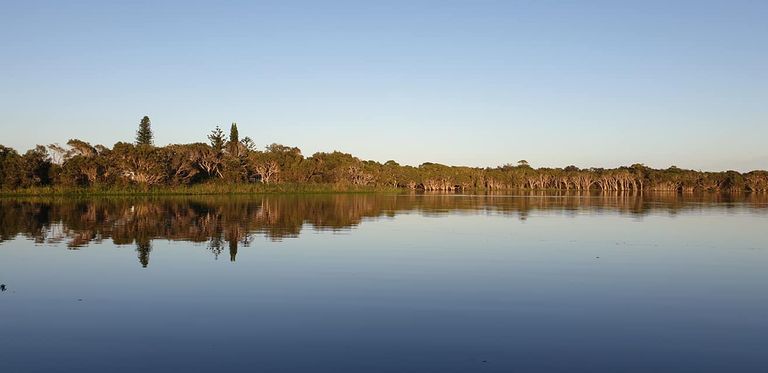
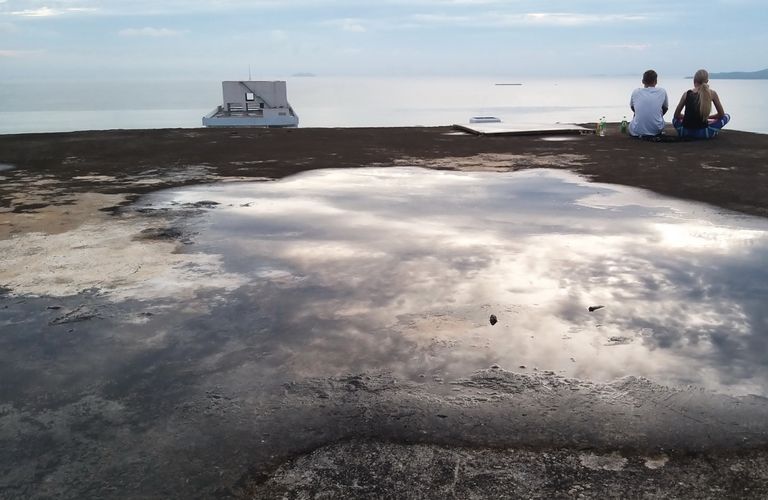
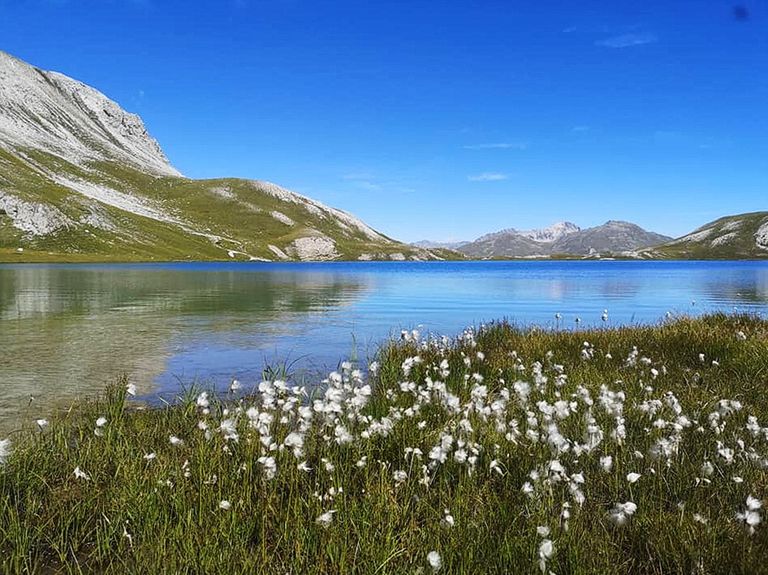
Reflections in Art and Nature
1. Reflections in Art
*Artistic Tool: Artists have long used reflections to add complexity and intrigue to their work. Reflections can create visual interest, convey deeper meanings, and play with the viewer's perception.
*Symbolism: In art, reflections often symbolize introspection, duality, and alternate realities. They can suggest themes of self-examination and the exploration of identity.
2. Reflections in Photography
*Creative Techniques: Photographers use reflections to enhance their compositions, create symmetry, and add layers of meaning. Reflection photography can produce stunning visual effects and abstract images.
*Capturing Moments: Reflections can capture fleeting moments in a unique way, freezing the interplay of light and shadow in a manner that is both artistic and revealing.
3. Reflections in Nature
*Water Reflections: Nature provides countless examples of beautiful reflections, such as mountains mirrored in a lake, sunsets reflected on the sea, or trees mirrored in a still pond. These natural mirrors highlight the beauty of the landscape and create a serene, calming effect.
*Animal Behavior: Some animals, such as certain fish and birds, use reflections in water to locate prey or navigate their environment, showcasing the practical importance of reflections in the natural world.
The beauty of reflections lies in their ability to transform and enhance our perception of the world. They create symmetry and balance, amplify natural beauty, and add depth and dimension to visual scenes. The science of reflections, based on the law of reflection, explains how light interacts with smooth surfaces to produce these captivating images. In art and nature, reflections serve as powerful tools for creativity, symbolism, and practical function. Whether in the serene stillness of a lake, the polished surface of a mirror, or the glossy facade of a modern building, reflections continue to fascinate and inspire, reminding us of the intricate and multifaceted nature of our visual world.



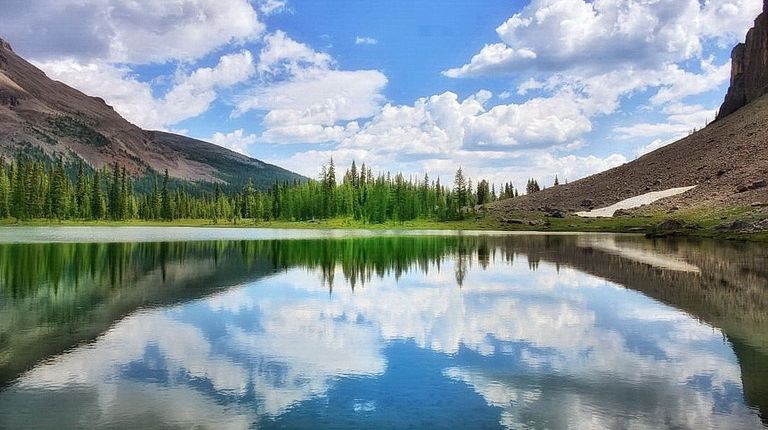

Telegram and Whatsapp